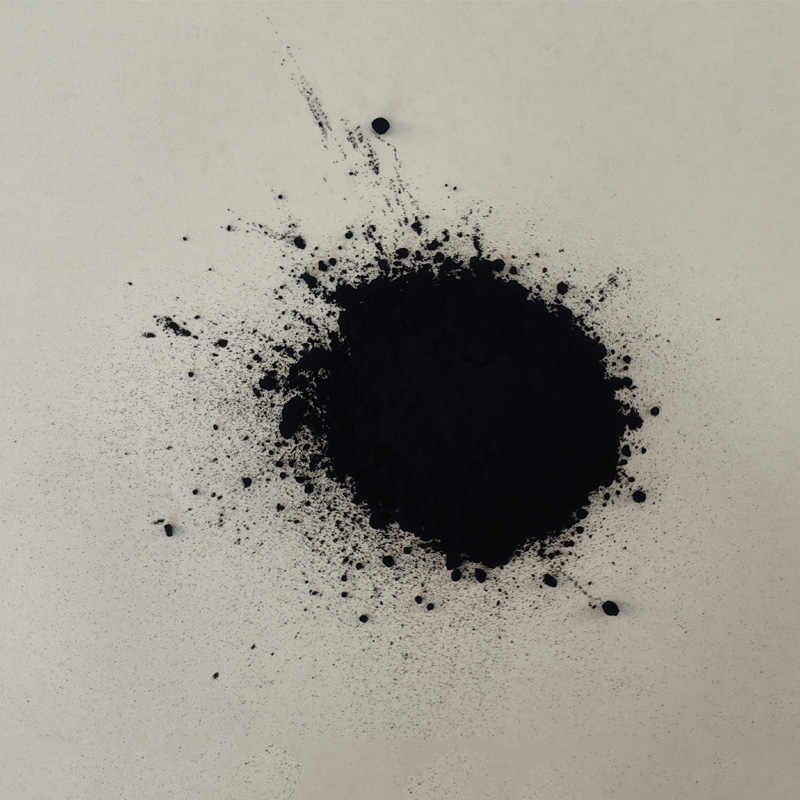Exploring the World of Indigo Dye Production and its Impact on Textile Manufacturing
The Rich Legacy of Indigo Colour Dye Manufacturing
Indigo dye, with its deep blue hue and historical significance, has been an integral part of textile production for centuries. Recognized for its unique properties and vibrant color, indigo dye has established a legacy that continues to thrive in the modern world. The manufacturing of this exquisite dye has evolved over the years, blending traditional practices with innovative techniques to cater to the demands of today’s markets.
Historically, indigo dye was derived from various plants, primarily from the genus Indigofera, particularly Indigofera tinctoria. This natural dyeing process has been practiced for thousands of years, notably in regions of Asia, Africa, and Latin America. The process of extracting indigo from these plants is labor-intensive. Leaves are harvested, fermented, and oxidized to produce the blue pigment, which is then processed into a dye. This traditional method not only preserves the rich cultural heritage associated with indigo dye but also offers an eco-friendly alternative to synthetic dyes.
The Rich Legacy of Indigo Colour Dye Manufacturing
One of the most significant advantages of indigo dye is its rich colorfastness. Unlike many other dyes, indigo has a unique molecular structure that makes it resistant to fading. This quality has made it particularly popular in denim production; the iconic blue jeans are often dyed with indigo, which creates a beautiful fading effect with time, adding character to the fabric. Denim manufacturers have embraced indigo dyeing techniques, resulting in various styles and washes that appeal to diverse consumer tastes.
indigo colour dye manufacturer

As the trend for sustainability and ethical production increases, indigo dye manufacturers are innovating their processes. Many companies are investing in organic farming practices for indigo plants and adopting water-efficient dyeing techniques to minimize their ecological footprint. Furthermore, there is an increasing focus on transparency in the supply chain, which allows consumers to make informed choices about the products they purchase. Brands are now highlighting their use of natural indigo dyes, appealing to environmentally conscious consumers looking for sustainable fashion options.
The resurgence of interest in traditional craftsmanship has also played a role in the growing popularity of indigo dye. Artisans and designers are reviving ancient techniques, such as shibori and resist dyeing, to create unique and handcrafted textiles. These practices not only promote cultural heritage but also allow for artistic expression, resulting in one-of-a-kind pieces that resonate with consumers seeking individuality in their wardrobe.
Moreover, indigo dye is being embraced beyond the textile industry. Its applications have expanded into home décor, accessories, and even art, where the captivating blue tone has found a place in various creative expressions. This versatility ensures that indigo will remain relevant in various industries for years to come.
In conclusion, the journey of indigo colour dye manufacturing is a fascinating blend of tradition and modernity. As the industry continues to evolve, it balances the need for sustainability with the preferences of contemporary consumers. The allure of indigo, both as a color and a cultural symbol, ensures its place in our textiles and beyond, making it a significant player in the world of dyes for generations to come. Whether through natural or synthetic methods, the essence of indigo remains, celebrated for its beauty, durability, and historical significance.
-
The Timeless Art of Denim Indigo Dye
NewsJul.01,2025
-
The Rise of Sulfur Dyed Denim
NewsJul.01,2025
-
The Rich Revival of the Best Indigo Dye
NewsJul.01,2025
-
The Enduring Strength of Sulphur Black
NewsJul.01,2025
-
The Ancient Art of Chinese Indigo Dye
NewsJul.01,2025
-
Industry Power of Indigo
NewsJul.01,2025
-
Black Sulfur is Leading the Next Wave
NewsJul.01,2025

Sulphur Black
1.Name: sulphur black; Sulfur Black; Sulphur Black 1;
2.Structure formula:
3.Molecule formula: C6H4N2O5
4.CAS No.: 1326-82-5
5.HS code: 32041911
6.Product specification:Appearance:black phosphorus flakes; black liquid

Bromo Indigo; Vat Bromo-Indigo; C.I.Vat Blue 5
1.Name: Bromo indigo; Vat bromo-indigo; C.I.Vat blue 5;
2.Structure formula:
3.Molecule formula: C16H6Br4N2O2
4.CAS No.: 2475-31-2
5.HS code: 3204151000 6.Major usage and instruction: Be mainly used to dye cotton fabrics.

Indigo Blue Vat Blue
1.Name: indigo blue,vat blue 1,
2.Structure formula:
3.Molecule formula: C16H10N2O2
4.. CAS No.: 482-89-3
5.Molecule weight: 262.62
6.HS code: 3204151000
7.Major usage and instruction: Be mainly used to dye cotton fabrics.

